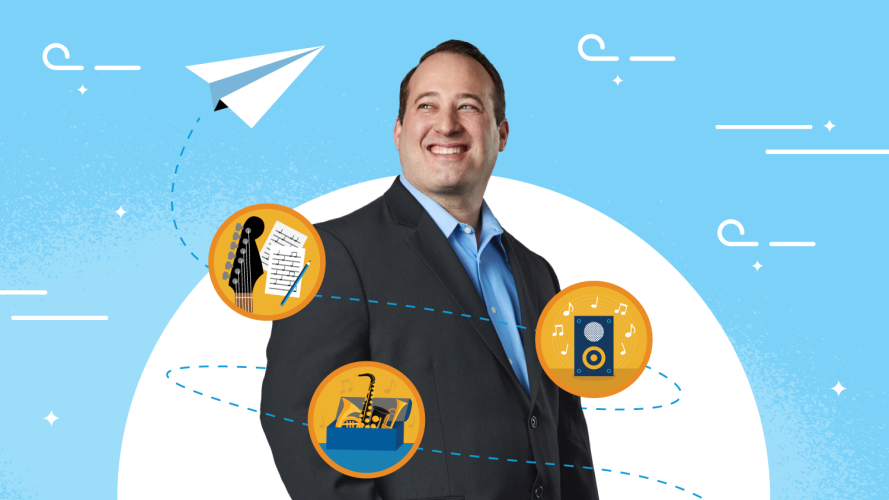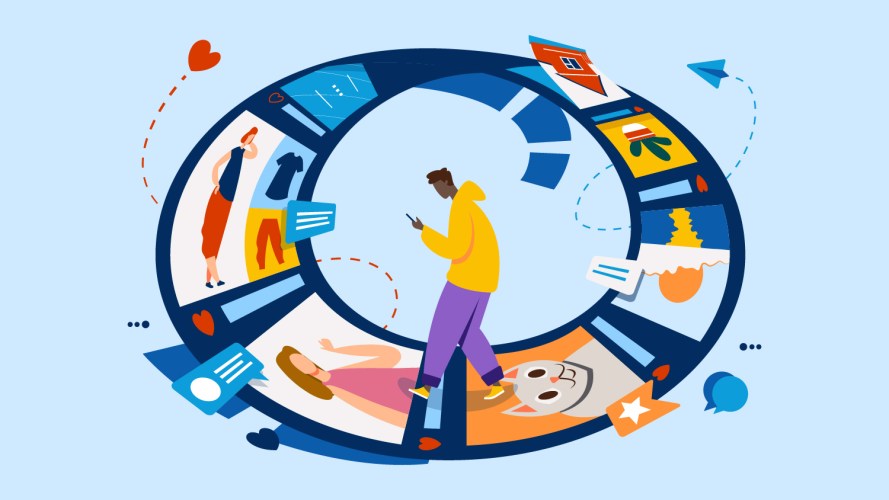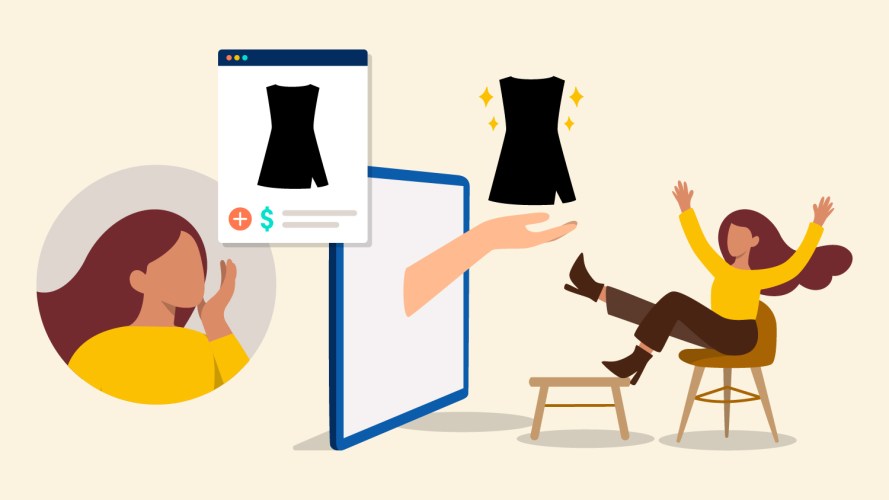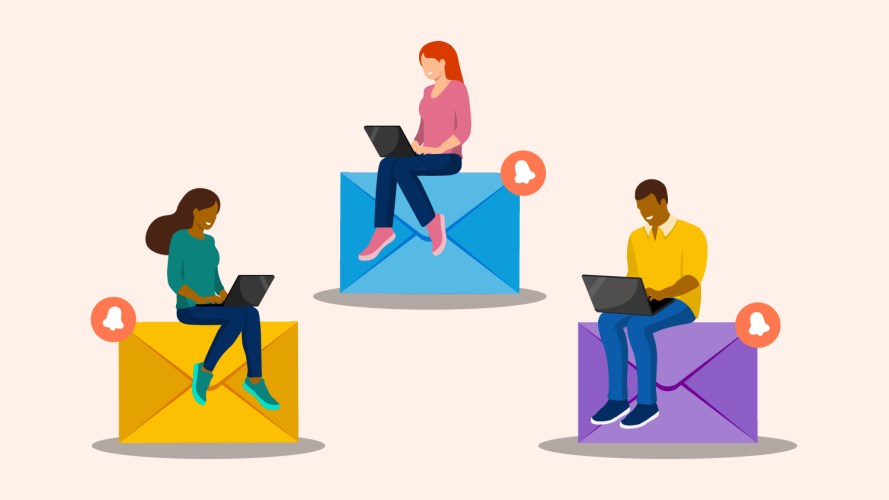Why Automation Is the Key To Improving Your Email Workflow
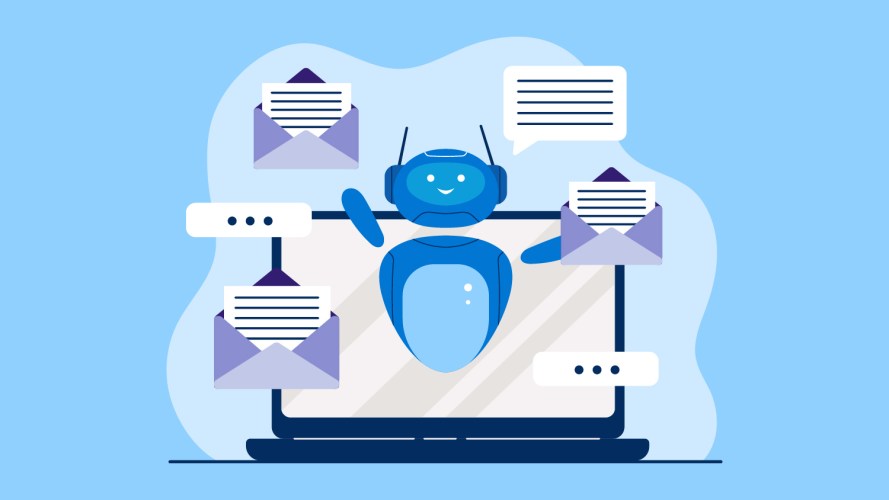
From personalized offers to streamlining tedious tasks, automation can help you get the most from your email marketing investment.

Abigail Sims
Remember building your first email campaign? Painstakingly crafting emails, hoping the recipient wouldn’t see the telltale “Hello (name),” and adding contacts to your email workflow manually? That’s all a thing of the past. Today, automation is a game-changer and life-saver for email marketers — helping you save time, money, and stress.
Automation doesn’t mean impersonal responses and a cookie-cutter approach to your email workflow. Brands of all sizes are using AI and automation to streamline tedious processes, personalize emails, and form better relationships with their customers.
Here’s how you can learn more about email workflows and start automating today.
Send emails your subscribers will love
Give readers what they want and deliver great results for your business with these 50 email best practices.



What is an email workflow in marketing?
Your email workflow is the series of actions that guide the communication and engagement with customers through email campaigns. Sometimes these are automated, sometimes not. The goal of an email workflow is to nurture leads, build relationships, and drive desired actions – such as making a purchase or subscribing to a service.
Another way to define an email marketing workflow? “The fine art of managing all the different kinds of work that go into creating a beautiful email from inception to completion.”
By this definition, an email workflow can involve content, design, development, and often automation needs. Depending on your business, your email workflow may be complex or simple, but the goal remains the same: to create a streamlined process for creating and sharing emails with your audience.
Examples of email workflows
Some email workflows that you may already be familiar with include:
Welcome emails
The welcome email is the first thing your customers see when they agree to receive communication from your brand. It sets the tone and expectations for your relationship, so it’s important to get right. This email is simple to create — especially with a template — and is frequently automated after creation.
Welcome emails are a great way to start automating the send portion of your email workflow if you’re new to the automation process.
Lead nurture emails
Lead nurture emails — which introduce new subscribers to your brand and show what you have to offer — are also frequently automated. These automated workflows send emails at regular intervals – ideally one day resulting in a conversion. Automating this email workflow can save you a lot of time in the long run.
Why is automation so important in this conversation about workflows, again? According to recent research, marketing automation sparks a 14.5% increase in sales productivity and a 12.2% reduction in marketing overhead.
Sales or limited time offers
Sales offer emails let your subscribers know that you’ve got a deal or special offer for them. These emails require more time, effort, and review rounds throughout the content, design, and development process – and are usually time-sensitive.
With a solid internal process and clever automation strategies, you can line up a string of emails to successfully send right when your subscribers will be most interested in receiving them.
Post-purchase emails
Post-purchase emails that often ask for a review or some other communication from the customer are another common case of email workflow automation.
Use these emails to encourage your customers to share their thoughts – whether they’ve recently acquired your latest product, experienced your services, or had another positive interaction with your brand.
These emails often include a warm and inviting message, a subtle encouragement to take action, or perhaps even a small extra incentive to enhance the deal and prompt customers to leave reviews on platforms such as Google, Yelp, or your own website.
Customer outreach
Feel like you’re losing touch? Haven’t heard from a customer in a while? A customer outreach workflow can send an automated email when an account or subscriber is inactive for a while. It’s a great way to reach out a human hand, and just say hi again. You can leave your audience with education or inspiration, or try something more creative.
Again, while the content and design portions of the email process can be adjusted as needed depending on the team’s size and tools, there’s one key portion that remains the same: automation.
Why should you change up your email workflow process?
Here are a few reasons why you should be consistently and regularly updating your email workflow processes.
Minimize repetitive tasks
Automating your email workflow process can help minimize repetitive tasks. The result? More time for your team to take on big-picture work, instead of getting bogged down with tedious, repetitive tasks.
Save time
Think of all you can get done when you automate your email workflows. For instance, time spent manually adding contacts into your customer relationship management (CRM) tool can be better spent actually writing a personalized email to a subscriber, for example.
The goal of automation is to save precious time for the things that really matter, like innovation and exploration. When you reduce manual tasks, or the time spent on manual tasks at least, you can spend more time getting closer to your customers.
Send emails with confidence
Wondering which email service provider (ESP) is right for you? Our friends at Litmus asked hundreds of email marketing operations and management professionals about the best providers — find out what they said.



How AI can improve your email workflow
Finally, the moment you’ve all been waiting for: AI. Whether we’re discussing predictive or generative AI, it’s top of mind for marketing professionals everywhere right now. It’s got us all wondering: how can AI help you improve your email workflow?
- Personalization: AI algorithms can analyze vast amounts of customer data to personalize email content based on individual preferences, behaviors, and demographics. This leads to more relevant and engaging emails — and takes personalization way beyond just an exercise in first name and last name. With AI, you can now send highly-targeted emails to each individual, showing a selection of products designed just for them.
- Predictive analytics: AI can predict customer behavior and preferences by analyzing historical data. This enables you to not just send emails at optimal times, but also predict which products or content a customer might be interested in, and tailor every email accordingly.
- Automated content generation: AI technologies, like Natural Language Processing (NLP), can assist in generating personalized content for emails. This includes dynamically creating subject lines, email body text, and even product recommendations based on everything from the customer’s past purchases to the weather in their city.
- Dynamic email content: AI enables the creation of dynamic content in emails that adapts based on user preferences or behavior. This ensures that each recipient sees content that is most relevant to their interests.
We’re already using AI to automate, segment, utilize behavioral triggers to send email campaigns. Generative AI is bringing even more ambitious new horizons into sight.
The end result? Always stay competitive by testing new tools like AI to see how they can help your workflows and processes.
This blog post was authored in partnership with Litmus.
Start automating today
Wondering how you can personalize your email campaigns at scale? See how Marketing Cloud can make it happen.


















